How To Stay Beach Safe This Summer With Kids
- Parents Only
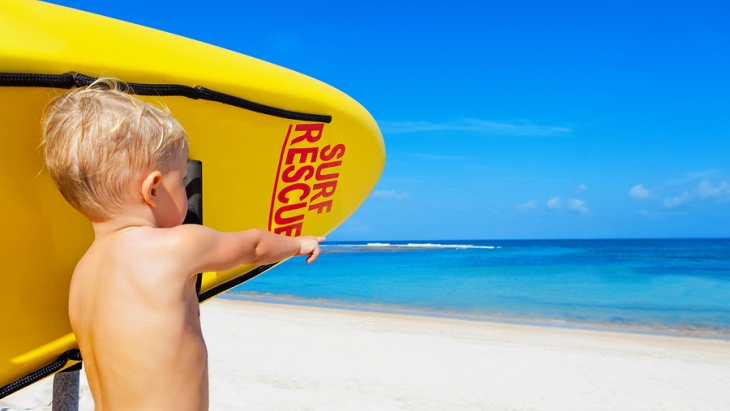
Who doesn’t love a fun day at the beach? A day at the beach with your family is one of the best ways to enjoy those glorious Sydney summer days! However, it's always important to stay sun and beach safe, so check out some of our tips.
Read The Signs
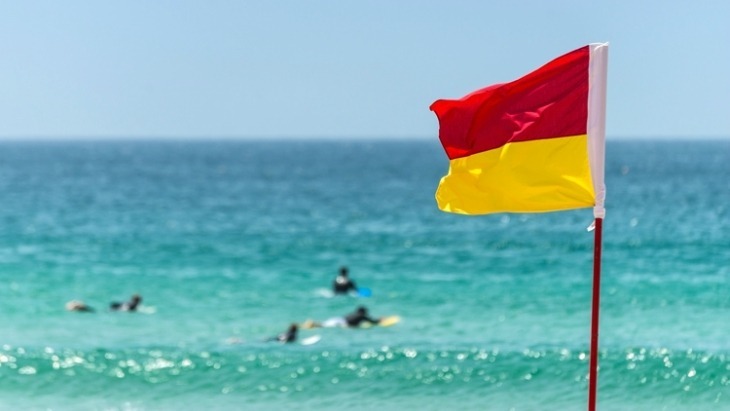
So you’ve arrived at the beach. What should you do next? Do you: a) head straight down to the beach to find the best spot to set up camp for the day? Or b) read the beach safety signs? (Tip: the beach safety signs are often right next to the main entrance to the beach from the car park, but they can also be found out the front of the surf life-saving club (if you are heading to a beach which has one). The answer is B.
Safety signs are put in place to warn us about the permanent and occasional hazards that are present in a beach environment while others are put into place each day by the lifeguards to show you hazards present on that day in a specific location, such as rip currents in the sea.
If you’ve read the safety signs and you’ve got some questions, look for a lifesaver and feel free to ask them any questions you have about the conditions at the beach.
Know Your Beach Flags
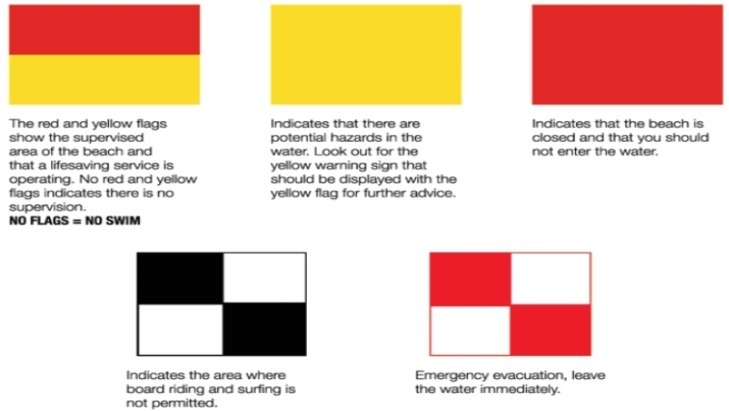
The most important flags to know on the beach are the red and yellow flags. These show the supervised area of the beach and that a lifesaving service is operating. If there are no red and yellow flags, you should not go swimming. Always remember to swim with a friend or family member (between the red and yellow flags, of course!).
Even the most careful and capable people can find themselves out of their limits in the water. If you are not feeling comfortable in the water and you require a lifesaver or lifeguard’s assistance to get back to shore, stay calm, raise an arm in the air and wave it from side to side. This will attract the attention of a lifeguard who will be able to come to your assistance. You should conserve your energy by floating on your back and staying calm.
How To Spot Rip Currents
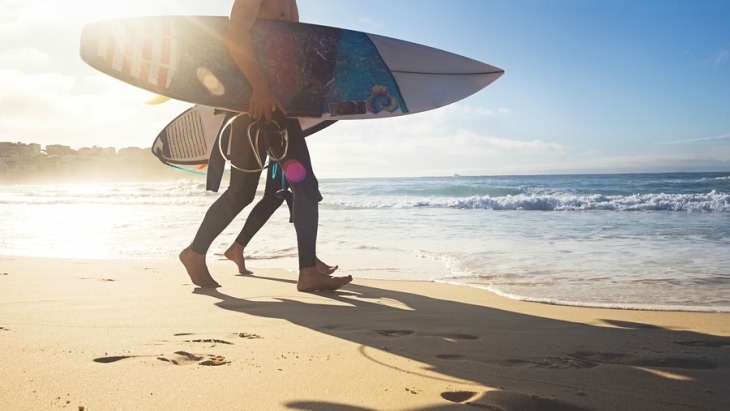
A rip is a strong and localised current, close to the surface of the water. Rips are complex, can quickly change shape and location, and at times, are difficult to see – but they often appear as ‘calm water’ within breaking waters and can often be mistaken as a safe place to swim. The things to look for are:
- Deeper, dark-coloured water
- Fewer breaking waves compared to the rest of the beach
- A rippled surface, surrounded by smooth waters
- Foamy, discoloured, sandy water flowing out beyond the waves.
Sometimes it can be easier to look for where the waves are breaking consistently and then look to each side where they don’t break consistently. These areas are likely to be rip currents. If you find yourself caught in a rip current, try and stay calm and swim parallel to the beach.
Bluebottles And Bluebottle Stings
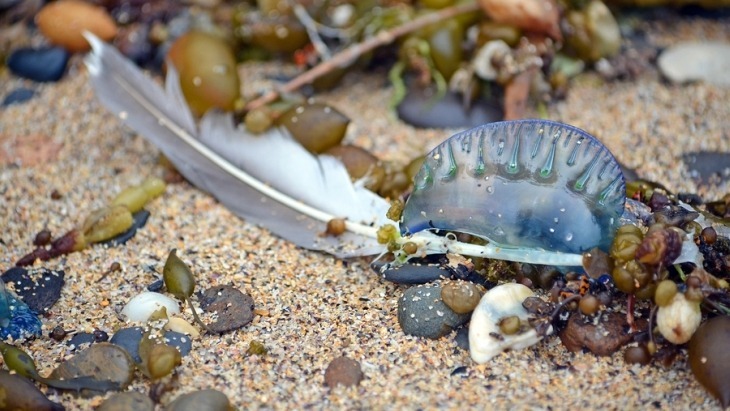
The bluebottle is probably the most well-known jellyfish on the Australian coastline. Their blue, balloon-like sail sits above the water and is attached to a long tentacle beneath it. The tentacle is covered in stinging cells. When the tentacle touches the skin it reacts by injecting a small amount of toxin which causes irritation and can be quite painful.
If you (or a friend or family member) are stung by a bluebottle you should:
- Wash off any remaining tentacles with seawater or try and rub the tentacles off with a dry towel. Some say you can pick the tentacles off with your fingers as the tentacles usually can’t sting through the tougher skin on your fingers.
- Immerse the stung area in hot water (no hotter than can usually be tolerated)
- If local pain is not relieved, or it is not possible to immerse the sting area in hot water, the application of cold packs or wrapped ice is also effective.
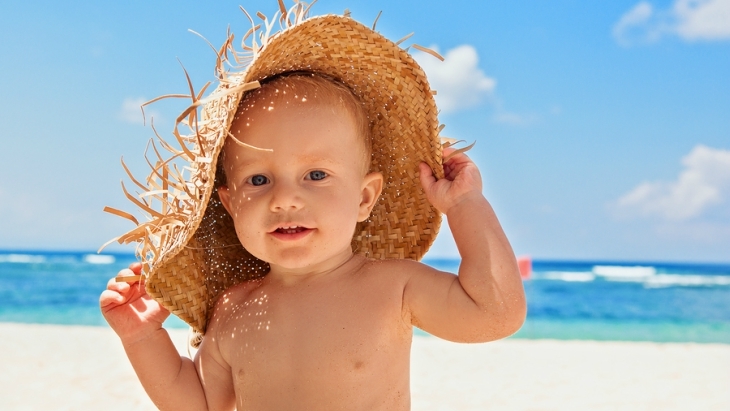
Sharks
There are also many types of sharks around Australia. Although humans fear sharks, they are an important part of the ecosystem and a reality of the ocean. Here are some tips to avoid a shark encounter:
- Avoid swimming at dawn and dusk
- Avoid swimming at river mouths or in murky, discoloured waters
- Avoid swimming in or around schools of baitfish
A lot of beaches have shark nets around them, but it’s important to remember that this doesn’t make the beach completely shark-proof. If a siren sounds and/or the surf lifesavers tell you to leave the water because of a shark sighting, it is important to do so immediately.
And of course, don't forget to SLIP, SLOP, SLAP!
Where Are The Best Beaches In Sydney?
Sydney's Best Secret Beaches
Top Beaches For Toddlers
Sydney's Best Ocean Pools
Have you signed up to our newsletter? Join ellaslist to get the best family and kid-friendly events, venues, classes and things to do NEAR YOU!
Reviews


